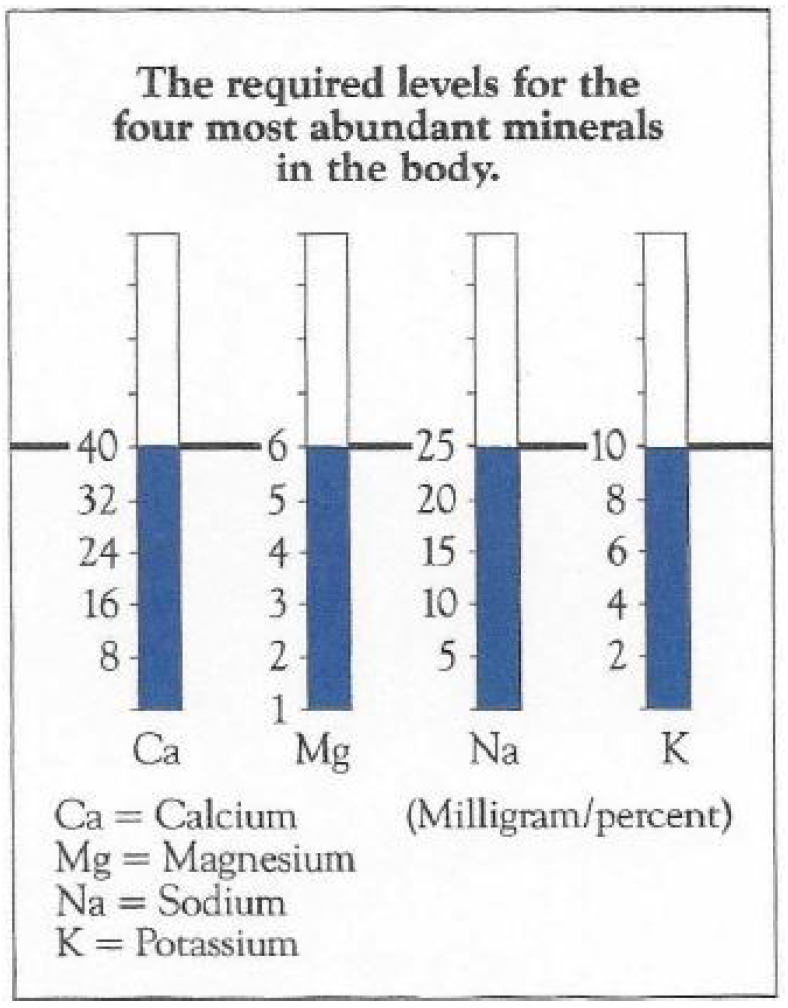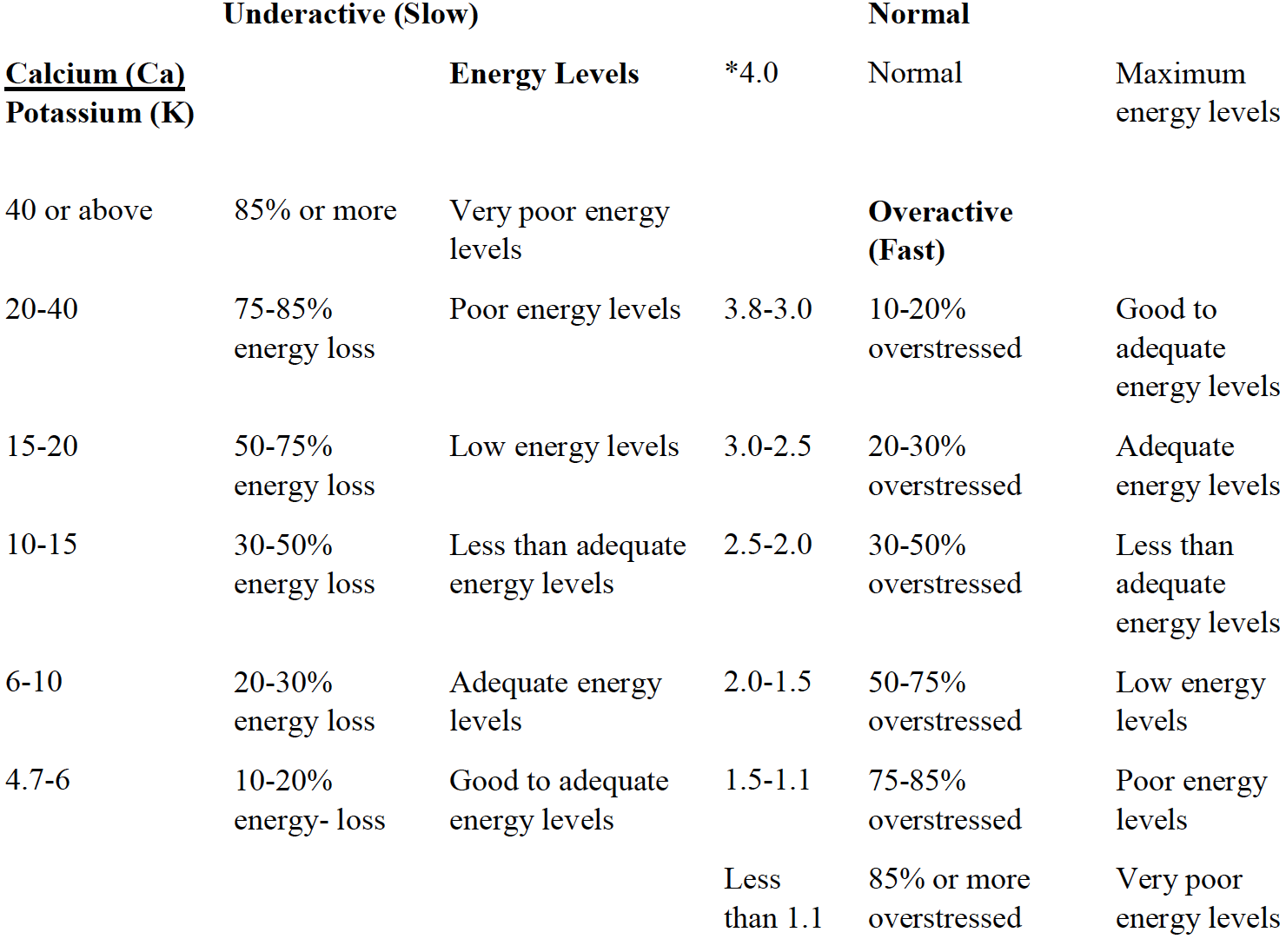The thyroid gland and the adrenal glands are the main energy producing glands in the body, supplying the body with more than 98% of its energy. If you did not have these glands, you probably would not have enough energy to blink an eyelid.
The thyroid gland, located right behind the Adam’s apple in your neck, is about the size of a plum. The adrenal glands are much smaller and are located on top of each of your kidneys. Everyone has one thyroid gland (with two lobes) and two adrenal glands.
These glands work very closely together. In non-technical terms, the adrenal glands cause the release of simple sugars from the liver which serve as the fuel for the cells.
The thyroid gland then takes these sugars and causes them to be ignited into energy. The thyroid gland acts like the spark plugs of your car in that it ignites the fuel (gasoline) and turns it into power.
So it is these glands working together which help to produce the body’s energy. To have maximum amounts of energy, these glands have to be functioning at peak capacity.
These are the glands which determine a person’s rate of metabolism, their “oxidation type.” If both the thyroid gland and the adrenal glands are overactive, a person will be known as a “fast oxidizer.” In other words, he will have a very fast metabolism. These are the people who usually abound with energy.
Now, if just one of these glands is over-active and one is underactive, a person will be a “mixed-oxidizer.” And if both of these glands are underactive, a person will be a “slow oxidizer.” A “slow oxidizer” has a lowered rate of metabolism. These are the individuals who usually suffer from chronic lack of energy.
The efficiency of your glands determines your speed of metabolism.
It is the adrenal glands which give a person extra energy when he needs it. Whenever a person faces an emergency, the adrenal glands release adrenalin, which gives the body the extra “boost” it needs.
There are two different portions to the adrenal glands – the adrenal cortex and the adrenal medulla. The adrenal cortex helps to supply the body with a steady stream of fuel (sugar) all day. This enables a person to function at a normal pace.
How the thyroid and adrenals produce your body’s energy
The adrenal medulla is strictly an emergency gland. This is the portion of the gland which secretes the adrenalin. When you hear stories about a woman lifting a two-ton car to save her baby, it is the adrenalin from the adrenal medulla which is responsible for her being able to accomplish this feat.
A good analogy of the adrenal medulla would be like a turbocharger on an automobile. It helps to give the engine an incredible thrust of energy (fuel) – far more than a normal engine would be capable of supplying.

It is the minerals in your body that regulate the efficiency of your energy producing glands. By understanding how these minerals react with one another, you can control your body’s ability to produce energy.
There are four main minerals in the body which help to regulate the thyroid and adrenal glands. These minerals are calcium, magnesium, sodium and potassium.
These minerals are what Dr. Paul Eck calls “macro” minerals because they appear in larger proportions in the body than other minerals. It is these four macro-minerals which are the main regulatory minerals in the body.
”The body needs the right balance of certain minerals to produce the maximum amount of energy.”
If these four minerals are all near required levels, the thyroid and adrenal glands will function at peak efficiency. However, if any one of these macro-minerals deviates much from this range, this is when a person is going to have problems.
Sometimes, even a relatively minor fluctuation in one of these minerals can cause either one of these glands to become underactive.
A simple analogy which further explains this principle is to compare the mineral levels of the human body to a battery. Both the human body and a battery derive their energy from “mineral electrolytes.”

If a person has all four of these minerals near required levels, their thyroid and adrenal glands will be able to supply them with maximum amounts of energy.
How to tell how efficient your thyroid gland is

If you have a tissue mineral analysis, you can tell immediately how efficient your thyroid gland is. All you have to do is to find your calcium (Ca) to potassium (K) ratio and then look at this chart. The closer your ratio is to 4.0 the more energy you will have.
If your reading says you have a 10% energy loss, this is still a large loss of energy. Even a 10% energy loss will greatly affect your energy. If your reading says you are “fast” beyond a certain point, this too is not good.
A fast gland is a gland that will eventually wear out completely because of too much stress.
It is extremely important to remember that to have maximum amounts of energy, your mineral ratio and your mineral levels must be normal. If you have a perfect ratio with poor mineral levels (too high or too low), it means your thyroid gland is weaker than the chart indicates.
The thyroid ratio (Ca/K) normally fluctuates up and down during your life due to changes in your stress levels.
How to tell how efficient your adrenal glands are.

If your sodium (Na) to magnesium (Mg) ratio is very close to 4.17, your adrenal glands will help to supply you with maximum amounts of energy.
As with the thyroid gland, a perfect ratio reading with poor mineral levels (either too high or too low), means that your adrenal glands are weaker than the chart indicates.
To have maximum amounts of energy, both your mineral ratios and your mineral levels must be near base level. Adrenal glands which are too “fast” are also not healthy. In many cases, fast adrenal glands can be just as inefficient as slow adrenal glands.
from Energy: How it affects your emotions, your level of achievement, and your entire personal well-being. An interview with Dr. Paul Eck by Colin and Loren Chatsworth. Reprinted by permission